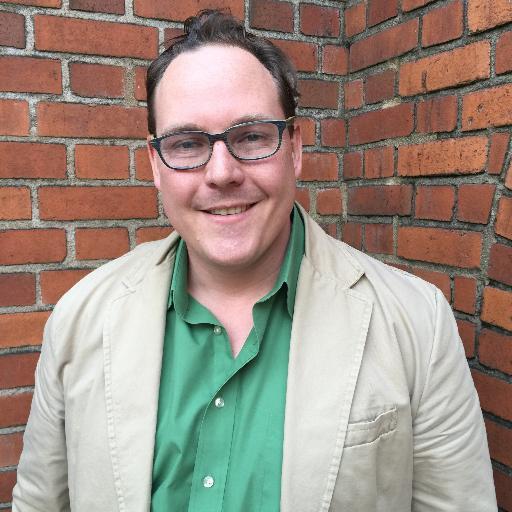
2017
Augmentative and Alternative Communication Immersion Project for Individuals with Angelman Syndrome
Summary of Dr. Sennott study.
Language allows us to share what matters to us with the people we care most about. Individuals with AS face major barriers to access language. Typically developing children learn to use speech to communicate only after thousands of hours of watching and hearing others using speech. This immersion in our native language is important to our language development. Anyone who has tried to learn a second language by only taking lessons knows how difficult it is to learn a language in the absence of immersion with others using the language. However, individuals with AS rarely witness others communicating in a method that they, too, can use. Research tells us that learning to use an alternative communication system (AAC), where we touch a photo or symbol to express a word, requires the same kind of immersion in the language that it takes to learn a second language. Supporting communication in individuals with AS requires creating an immersive language experience with the student’s AAC. This study aims to teach parents and other communication partners to use the student’s AAC as their own voice in order to provide this immersion.
The purpose of this study is to test a research-based training program specific to AS that has proven success with other populations who have a disability and cannot use speech. This study teaches the people who live with, learn with, and support the individual with AS on a regular basis to be better communication partners ourselves, by modeling use of AAC in our ordinary communication with each other and with the individual with AS. Measurement and reporting during the study will evaluate the effectiveness of the program to see A) if communication partners learned new skills using the AAC device, and B) if the individual with AS developed new communication skills. The goal of the study is to create a successful communication training program that families of individuals with AS can replicate at home, school, and wherever their individual with AS spends most of their time.
The study will begin with researchers and the individual’s communication partners—parents and educators, and others who interact regularly with the individual with AS—discussing how the individual communicates currently, what AAC device is available, their interests, and so on. Communication partners will then receive coaching based on the “Model, Encourage, Respond” strategy. The following example might happen during mealtime.
- Model: communication partner asks a question, using the communication device to state the words in bold: “What would you LIKE to EAT?”
- Encourage: communication partner pauses and looks expectantly to the individual with AS for a response, giving him/her at least 5 seconds to respond.
- Respond: individual with AS responds by reaching for a food. Communication partner uses the communication device to say: “Applesauce! I LIKE applesauce too.”
This example might happen in the evening when the family is relaxed at home.
- Model: communication partner asks a question, using the communication device to state the words in bold: “Hmm. I WANT to watch TV. WHAT should we watch?”
- Encourage: communication partner pauses and looks to the individual with AS for a response.
- Respond: individual with AS picks up the DVD case for Harry Potter. Communication partner responds by using the communication device to say: “Good idea! Harry Potter! I LIKE Harry Potter, too. Let’s WATCH Harry Potter!”
This example might occur on the weekend.
- Model: communication partner asks a question, using the communication device to state the words in bold: “WHAT should DO this weekend?“
- Encourage: communication partner pauses and looks to the individual with AS for a response, waiting several seconds for a response.
- Respond: individual with AS does not respond. Communication partner says “I want to GO somewhere” and navigates to PLACES in the communication system, then says “Maybe we should GO to the PARK…or maybe we should GO to the MALL…” Communication partner pauses again. Individual with AS indicates Pizza Hut on the communication device. Communication partner responds “Oh! You want to GO out to EAT at PIZZA HUT! We could DO”
This strategy creates a natural back-and-forth conversation between the communication partner and individual with AS that, over time, could improve the quality of the interaction and improve use of AAC devices. Research with other individuals with communication disabilities indicates that this approach improves the individual’s ability to:
- recognize visual symbols
- find symbols in a AAC device
- use symbols to express messages
- respond and maintain a communication interaction
- combine symbols to express more complex messages
- participate and interact at home, school and in the community.
The idea seems very basic, but since no studies specific to Angelman syndrome have been conducted, this communication partner training strategy will help gather tangible scientific data to eventually provide families with the most effective communication training in the future.
The ultimate goal is that everyone in the individual’s life will be involved with the program. This helps the individual with AS progressively improve his/her use of the communication device by observing others using the AAC device in meaningful experiences throughout the day.